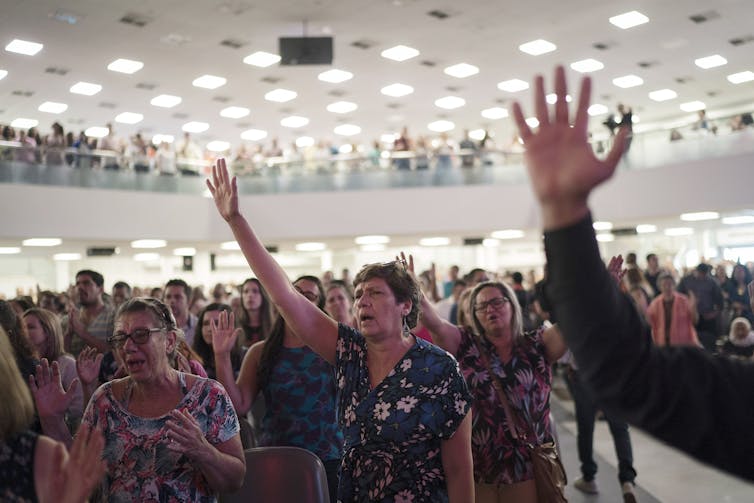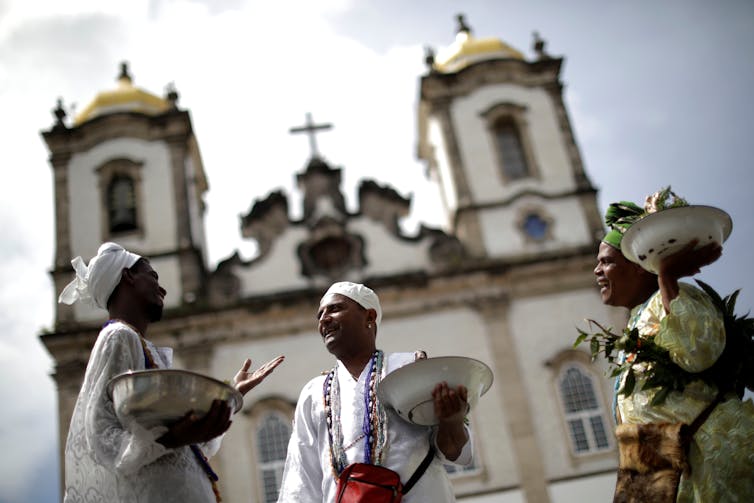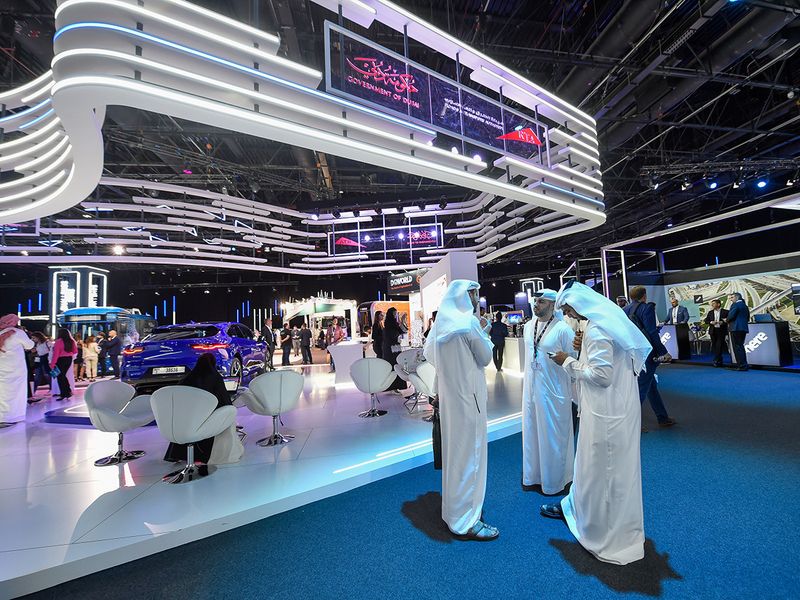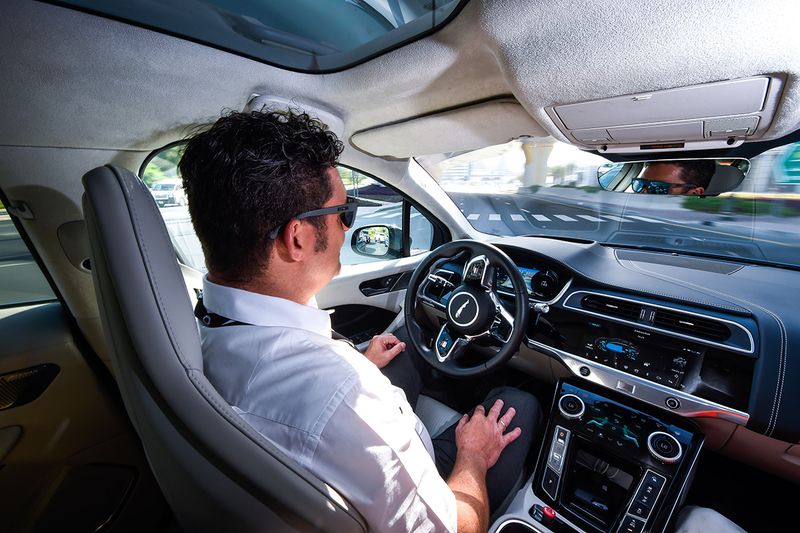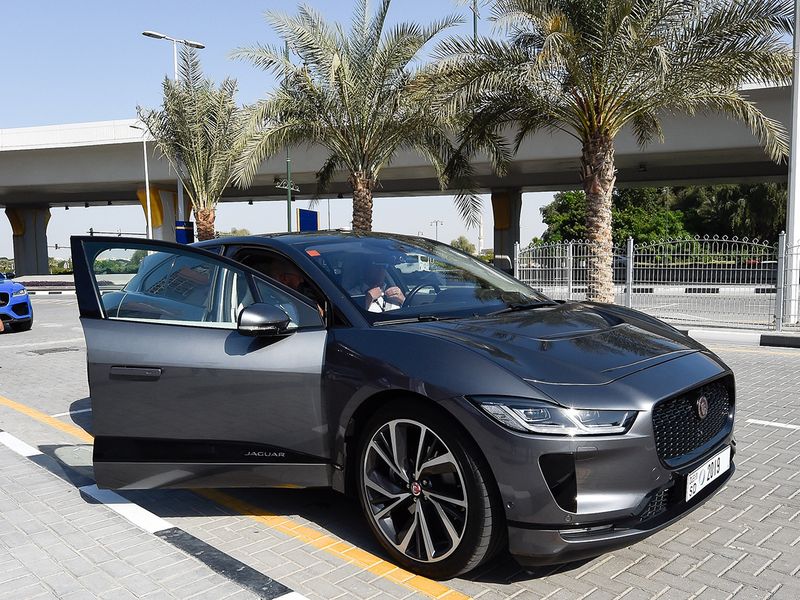December 16, 2019
NOT IN KENNEY'S AUSTERITY SLASHING UCP ALBERTA
Forty years ago, the former premier of Alberta, the late Peter Lougheed, instituted the Alberta Heritage Foundation for Medical Research. The foundation transformed Alberta scientifically and economically, and attracted scores of talented scholars to the province to establish their careers in discovery research in the life sciences.
The foundation was terminated in 2011, and the consequences have hit discovery research and innovation in the life sciences particularly hard.
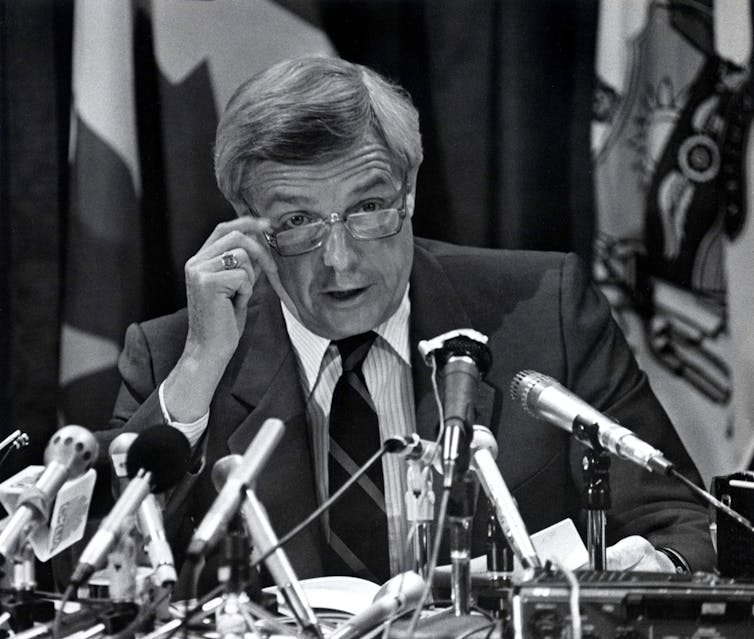
Collip and the discovery of insulin
Alberta’s link to Canada’s most important medical discovery may not be well known. Canada has received only one Nobel Prize in medicine: it was awarded to Banting and Macleod in 1923 for the discovery of insulin. However, the key work was done in large part by James Bertram Collip of the University of Alberta. While on sabbatical in Toronto, Collip was invited by Macleod to join the team studying an extract from the pancreas that would lower blood sugar levels in diabetic dogs.
Collip was the first to isolate the hormone we now know as insulin from the crude pancreatic extract. His experimental rigour and talent established the methodology to enable industrial-scale production of insulin, saving tens of millions of lives globally.
As Canada gears up for a celebration of the 100th anniversary of the discovery of insulin, perhaps it should recognize Alberta’s Collip.
The Naylor reports
The demise of Canada’s stature in discovery research — especially in life and health sciences — has been well-documented. Two separate detailed reports were commissioned by two different federal governments. Both reports were put together by medical researcher David Naylor, the former president of the University of Toronto.
The first, “Unleashing Innovation: Excellent Health Care for Canada” was submitted in July 2015 to former federal health minister Rona Ambrose. The report was “dead on arrival” in Ottawa.
In May 2018, Kirsty Duncan, the former federal science minister, commissioned a second Naylor report called “Canada’s Fundamental Science Review: Strengthening the Foundations of Canadian Research.” After some initial enthusiasm expressed by Canada’s scientific community, implementation of the findings of this second report has not been completed.
A key recommendation was to reinvest in open fundamental research. The federal government only funded half of the target amount considered essential to sustain discovery research in Canada by this Naylor report.
Today, there’s no dedicated minister of science. The coincidental elimination of funding programs renders Canada less competitive for discovery research in life sciences.
Research credibility
In the wake of the federal government’s election results in western Canada, a unique opportunity currently exists that may help address the aspirations of the Naylor reports.
One possibility would be to reconsider Lougheed’s vision to make Alberta a global centre for medical research. A federal government initiative to set up a world-class research institute modelled on the United Kingdom’s Francis Crick Institute or the European Molecular Biology Laboratory in Heidelberg, Germany, would pay enormous dividends for Alberta and Canada.
Several world-famous fundamental life science researchers in Alberta provide the international credibility for such a suggestion.
One that comes to mind is University of Alberta virologist Michael Houghton. Already awarded the American Lasker Prize, Houghton was further recognized with the Canada Gairdner International Award after he was recruited to Edmonton. However, he declined the award.
Also at the University of Alberta, cell biologist Richard Rachubinski has recently been featured by the news magazine of the world’s leading chemistry society: the U.K.-based Royal Society of Chemistry. France’s leading popular science magazine La Recherche independently featured the same Edmonton discovery.
Rachubinski’s research investigates parasites that cause devastating diseases in humans; he discovered that when a protein known as Pex3 was inactivated, the parasite died. As reported in Chemistry World, this research provides new hope for the millions of patients globally that suffer (and the thousands that die) from the diseases caused by parasites known as trypanosomes.
Especially relevant is that these diseases have been neglected in part because they were so difficult to study and partly because they tend to affect citizens of less affluent nations.
Inspiration towards excellence
Canadian hockey legend Wayne Gretzky famously said: “I skate to where the puck is going to be, not where it has been.” This quote was cited by Steve Jobs when he created Apple Inc. and can surely be applied to the creation of the Peter Lougheed Institute for Life Science Research.
For Canada to emerge as a world leader, a focus on the abundant talent of emerging women scientists (as proposed previously), would truly be going where the puck is going to be.
John Bergeron gratefully acknowledges Kathleen Dickson as co-author.
SEE MY BLOG POST
LA REVUE GAUCHE - Left Comment: Socialized Medicine Began In Alberta https://plawiuk.blogspot.com/2005/11/socialized-medicine-began-in-alberta.html




